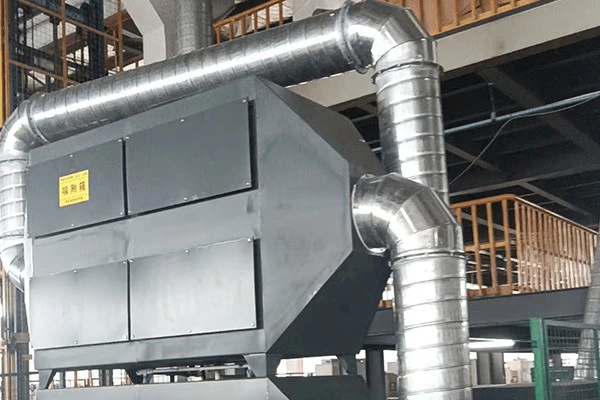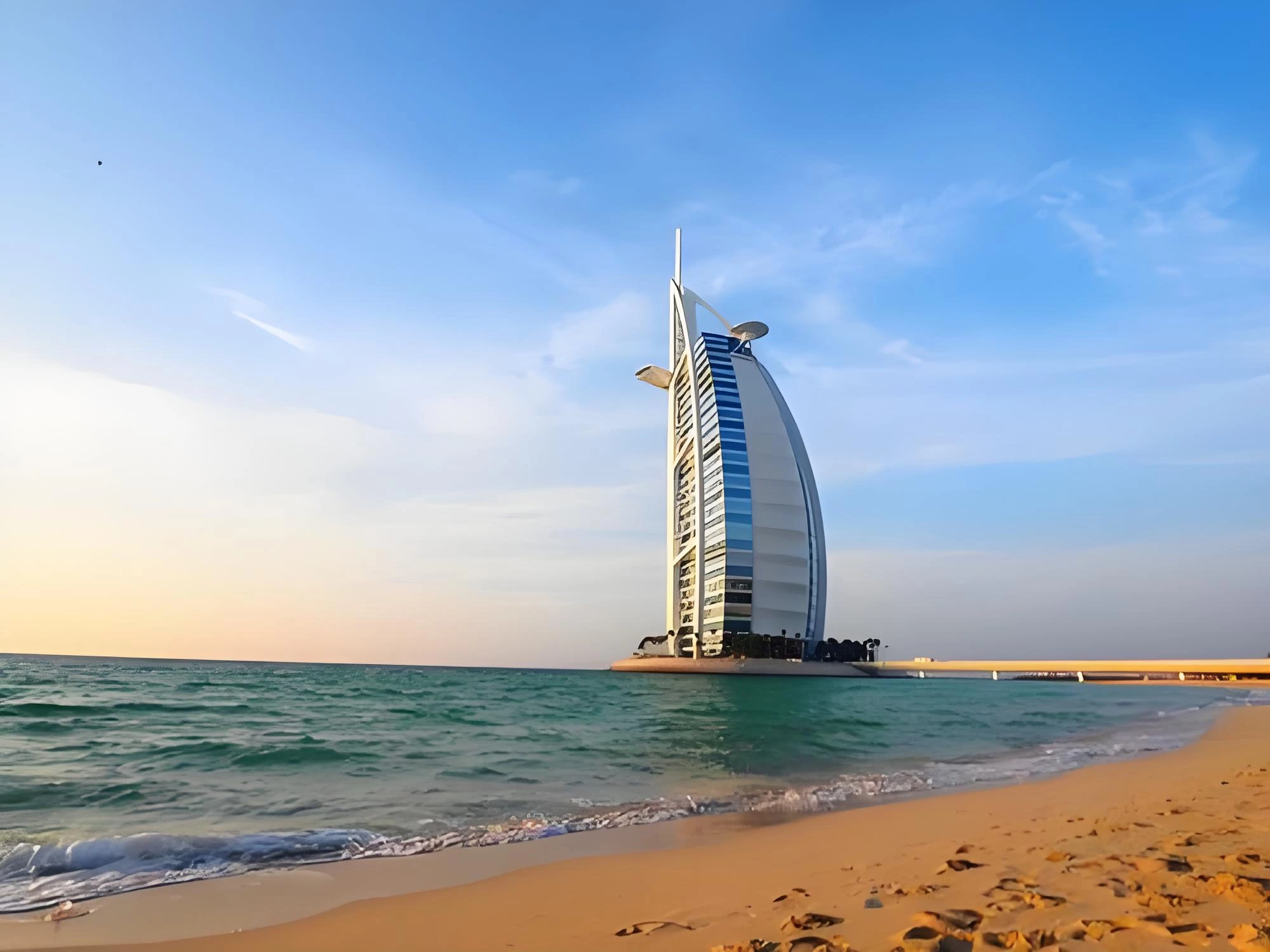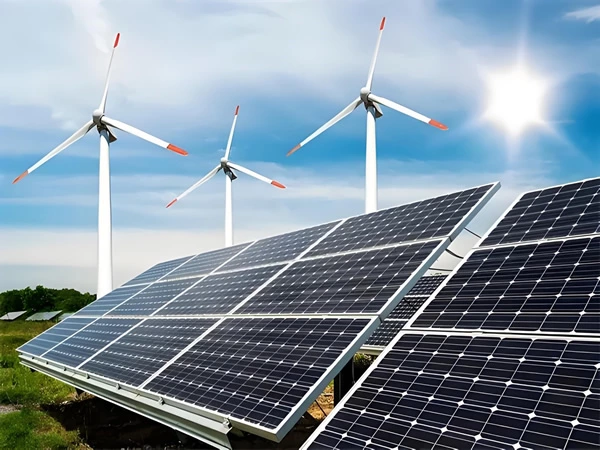
The following is a detailed scheme of dry filtration+activated carbon adsorption equipment for plastic waste gas treatment project in Nanjing plastic products industry, combined with treatment capacity, material characteristics and industry requirements:
1. Design parameters
Processing air volume: 10,000m³/H
Exhaust gas characteristics: The main pollutants are non-methane total hydrocarbons (NMHC), styrene, and a small amount of dust
Initial concentration: approximately 200 to 300mg/m³
Temperature: Normal temperature (≤50℃)
Emission standards: Non-methane total hydrocarbons ≤60mg/m³, benzene series ≤12mg/m³
2. Process flow
Waste gas collection
Galvanized steel plate air ducts are adopted, which are corrosion-resistant and have strong sealing performance. The air velocity of the duct is designed to be 12-15m/s.
The gas collection hood is set above the extruder, and the collection efficiency is ≥90%.
Dry filtration system
Filter box body: Carbon steel frame, with built-in G4+F7 two-stage filters:
G4 primary filter: Intercepts particles ≥5μm
F7 medium-efficiency filter: Filters out particles ≥1μm to protect the subsequent activated carbon.
Maintenance design: The filter can be replaced by pulling out, and the differential pressure gauge monitors the clogging situation.
Activated carbon adsorption system
Adsorption device: Carbon steel shell (thickness 2.5mm), filled with honeycomb activated carbon inside, with a filling volume of approximately 2m³. The design wind speed is 0.3m/s, the contact time is ≥1.5 seconds, and the adsorption efficiency is ≥90%.
Regeneration/Replacement: The saturation cycle of activated carbon is approximately 3 to 6 months. Steam desorption regeneration or replacement with new carbon can be adopted.
Fans and Emissions
It is equipped with a centrifugal fan (with a power of 15kW and variable frequency control), and is discharged through a 15-meter-high exhaust stack in compliance with standards.


